
Black Death, also called “discus plague”, is where the fish turns very dark, almost black. The fish will typically (but not always!) exhibit slime coat syndrome, where the mucus on the skin of the fish becomes thick and sloughs off. The fish will become reclusive, huddling in a dark corner of the tank. This syndrome is most often observed in South American cichlids like discus, uarus and severums.
Black death or discus plague used to be considered a single disease caused by a virus. But no one has ever proven this “disease” is caused by a virus. In all probability this is more properly called a syndrome which can have many causes.
Note that it is very common for discus to turn black in a few hours and looking like they are on their death bed. Then in one or two days they are just fine, with perfectly normal coloration. It appears discus often just get stressed and turn black. So if you haven’t added new fish in a while and your tank is very well filtered, you can sometimes just ignore a black coloration for a day or two.
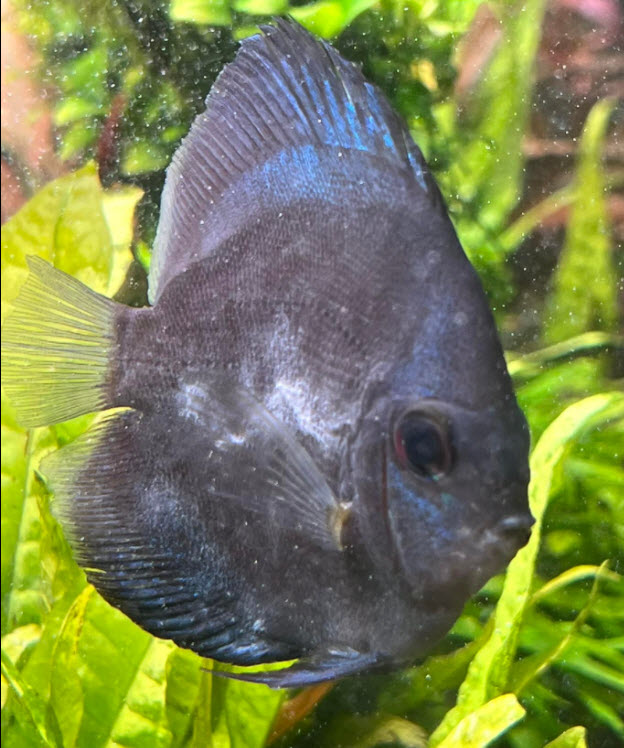
Note that some cichlids like discus go dark when they are stressed. This can be due to be in a new aquarium or due to aggression by other fish. It can also be any of about ten other “stressors” common to cichlids. This “darkening” is typically lighter in hue than “black death” and tends to come and go over time. It is never accompanied by excess skin mucus.
Here is a discus with ich which has darkened due to the stress of the ich:
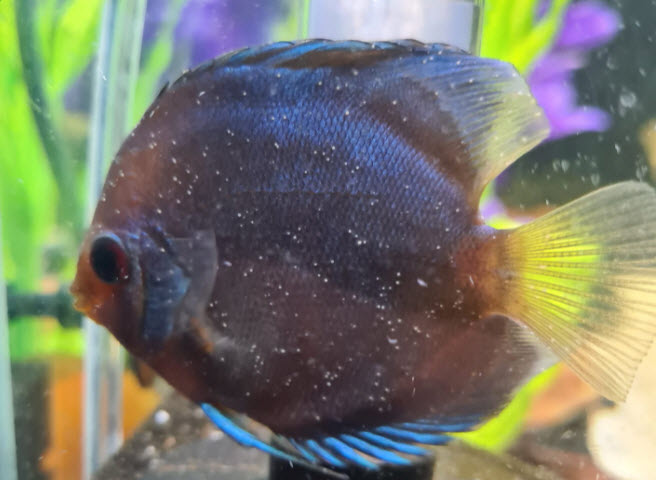
There is a ciliated protozoan which attacks cichlid fish internally. It is called Cryptobia iubilans. The organism is a small flagellated organism very similar in appearance to Hexamatadea spironucleus. Cryptobia iubilans was first recognized as a freshwater tropical fish disease only in 1990. It is largely a disease of cichlids.
In the summer of 1995, there was an outbreak of the systemic form of Cryptobia iubilans in cichlids at the Chicago Shedd Aquarium. The outbreak resulted in loss of 50% of the collection of cichlids. The organism has also been implicated in several die offs at discus breeding facilities.
Cryptobia is very poorly understood. It reportedly often causes blackening of portions of a fish, a syndrome that is called “black head” or “black splodge”. It may well be that some cases of Black Death may be caused by an underlying cryptobia infection, which in discus results in the entire fish becoming black. Since cryptobia is untreatable the differential isn’t very important.
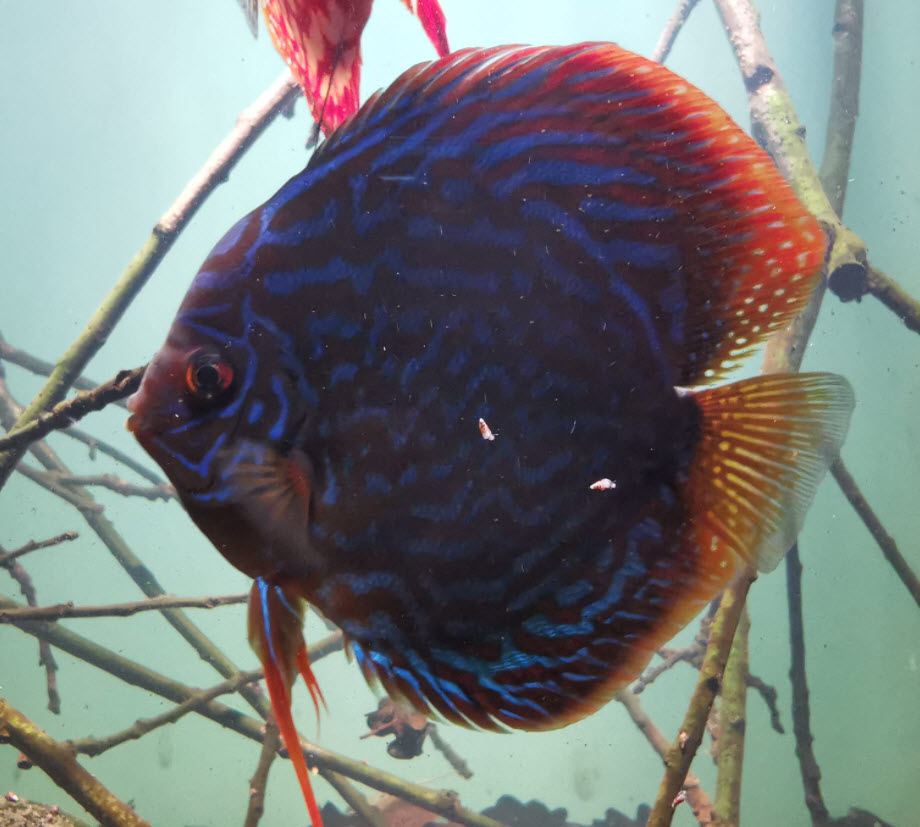
The slime coat often accompanying black death indicates a bacterial infection. This infection may be the primary cause of the blackening or a secondary infection. It is unimportant which is which.
I also suspect that almost any serious fish pathogen can cause a discus to turn black and stay black. The best “bet” for a black discus is probably that it is simply stressed. If it lasts for more than several days it might have environmental mycobacteriosis or cryptobia. Both are untreatable. If there is accompanying slime coat then it is probably a bacterial infection, which is treatable.
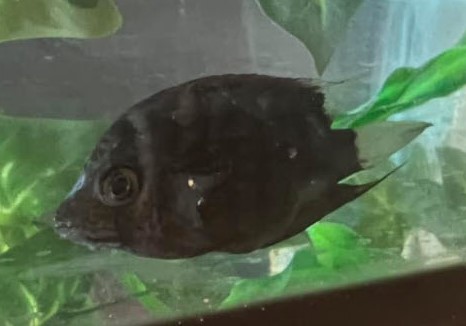
Treatment
The first thing that needs to be examined in cases of Black Death or discus plague is the biofiltration of the aquarium. Is there 100 square feet of filter media surface per pound of fish? The bacterial count in the water is very important for the immune system of the fish. And adding more biofiltration will often stop a black death infection.
I’ve never seen a case of black death in any of my very over filtered aquariums. But if I were to see a case I would treat with a broad spectrum antibiotic (Midland Vet Service Aqua-Mox, VetDepot Amoxicillin, Fishbiotic Ampicillin, Mardel Maracyn 2, SeaChem KanaPlex, API Fin And Body Cure) added to the food. These antibiotics are generally only available over the internet.
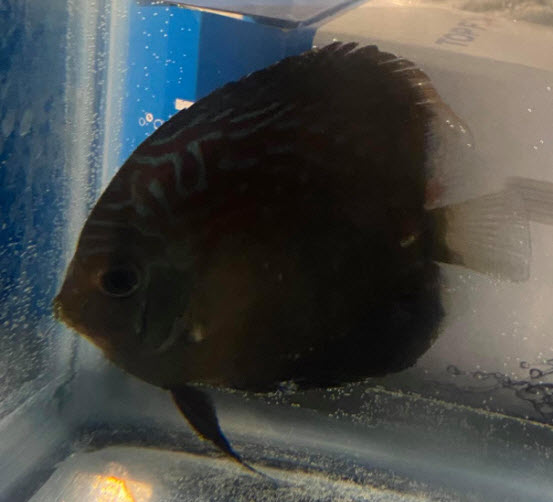
Bacterial infections are most effectively treated with antibiotics in the food. Many believe (and the instructions on the antibiotics say!) that antibiotics need to be added to the water. They are simply incorrect. This controversial topic is covered in the following link:
12.5. Fish Don’t Drink
It is easy to make medicated food. Heat 1/4 cup water (two ounces or 58 milliliters, not a lot) in the microwave. Then blend seven grams of plain animal derived gelatin (Knox gelatin, one packet) into the hot solution with vigorous stirring. Take two tablespoons of dry commercial fish food (pellets or flake) and mix it with just a little of the hot water/ gelatin mixture. Add hot water/gelatin until you get a paste like consistency. If it gets too watery just add more food.
Then add just a “smidgen” (roughly 1/16 teaspoon, a 1% to 2% addition) of medication to the mud. If you are using more than one medication mix the medications together, then use just a “smidgen” of the mixture. If you are using a packet of medication, take just a “smidgen” of the packet contents. Mix and mash the whole mass thoroughly. Spread it out into a pancake about 1/8th inch (3 mm) thick on a plastic film or a plate. Then put in the refrigerator. If you plan on keeping it for more than two weeks put it in a small plastic bag and freeze. Note that the exact amount of medication which goes into the food is not very important. Antibiotics can be overdosed pretty much with abandon as they are only toxic in large doses over a period of months.
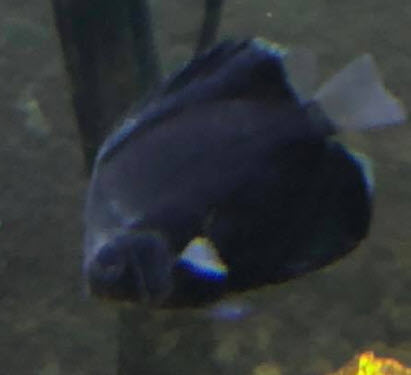
Treatment needs to be for at least two weeks. If it is one or two fish transfer the fish to a hospital aquarium and treat. If more than two fish have the problem one must treat the whole aquarium. Note that the exact amount of medication which goes into the food is not very important. Antibiotics can be overdosed pretty much with abandon as they are only toxic in large doses over a period of months. Note antibiotics in the food do not affect the filters so they can be left in place and operating.
If you can’t resist the urge to treat the water, remove the biofiltration media (including sponge and/or foam) in the filters and put it in an open container for the duration of the treatment. Sometimes antibiotics kill the beneficial bacteria and sometimes they don’t. In any case the filter media will denature the antibiotics. Monitor the ammonia and would do a 50% water change if it spikes above 1 ppm. Reduce the amount of food fed by 2/3 rds.
Note that if antibiotics are not available, it is quite easy to take a pill or capsule of human antibiotic and use it for fish. If it is a pill just grind it up. Just be aware that the human antibiotics are about ten times more potent than the aquarium antibiotics, so just a “smidgen” in the food is more than enough. This is a very good option for the folks in Europe or Canada, where fish antibiotics are illegal.
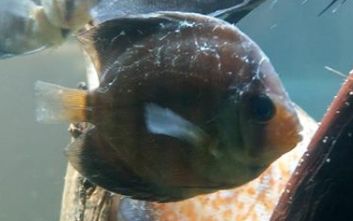
If one has more than one fish with a bacterial disease, one must treat the whole aquarium. This is an emergency. Don’t fool around with herbs, tree leaf oils (Pimafix and Melafix) or some other ineffective treatment. Ben Ochart treated a bacterial infection with Pimafix and Melafix. They did nothing to stop the infection. He lost a lot of large beautiful fish before he stopped the infection with antibiotics. This link covers the snake oil medications such as Melafix and Pimafix:
12.4.1. Natural Medications
The entire topic of bacterial infections in tropical aquarium fish is covered in more detail in this link:
10.3.11. Treating Bacteria
.
Return to Fish Disease Symptoms Page
.
Aquarium Science Website
The chapters shown below or on the right side in maroon lead to close to 400 articles on all aspects of keeping a freshwater aquarium. These articles have NO links to profit making sites and are thus unbiased in their recommendations, unlike all the for-profit sites you will find with Google. Bookmark and browse!
.
.
.

Leave a Reply